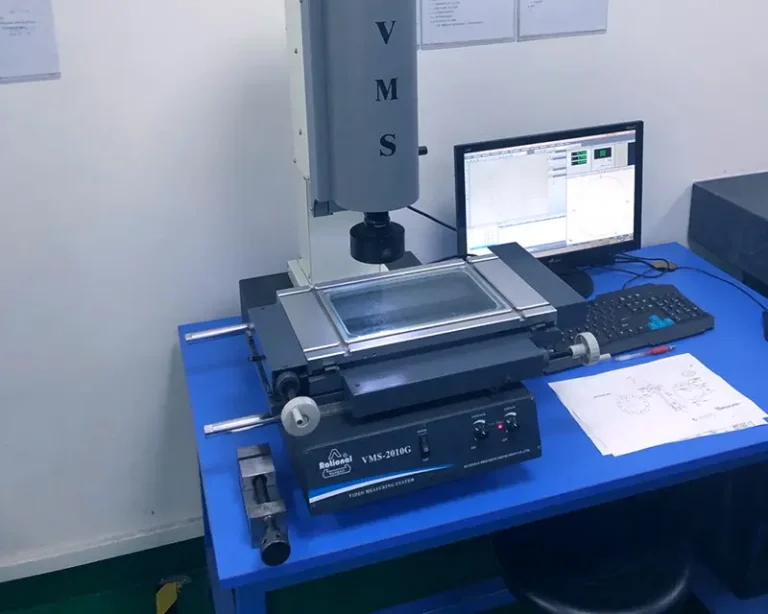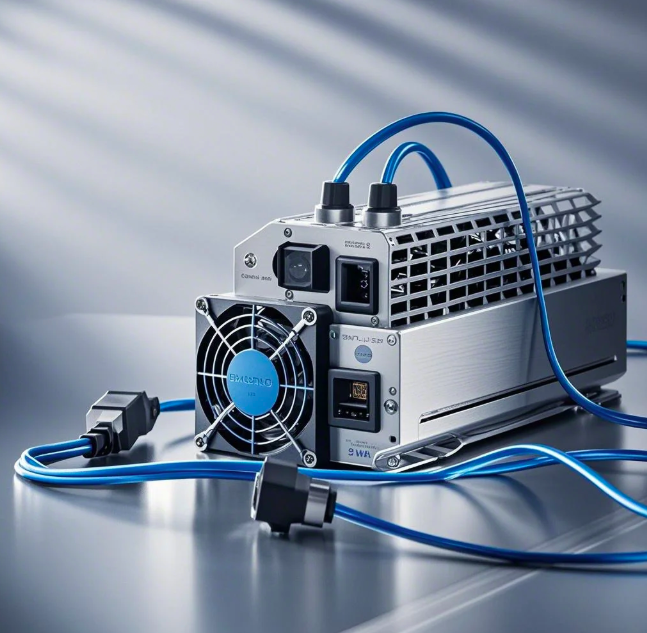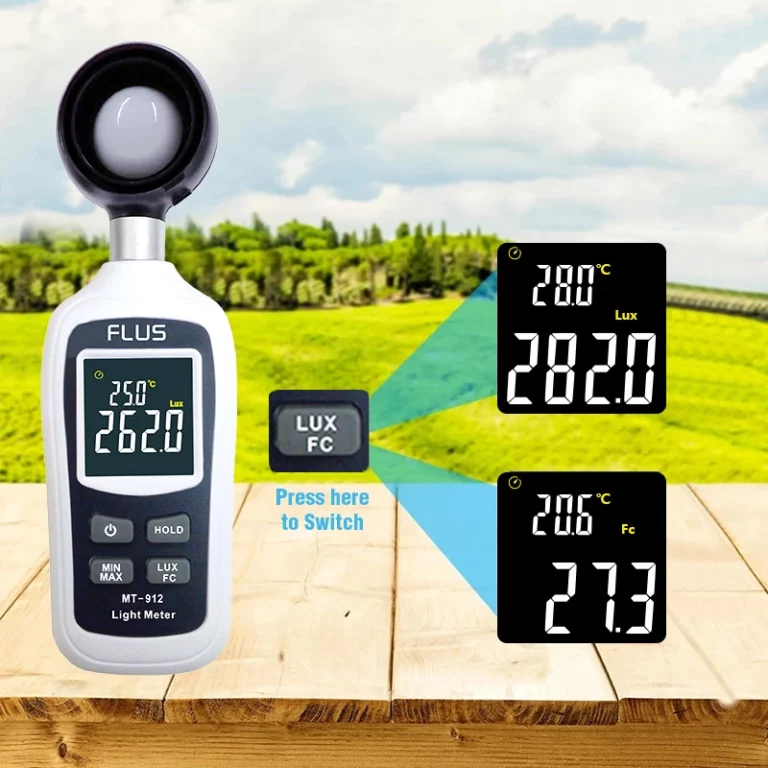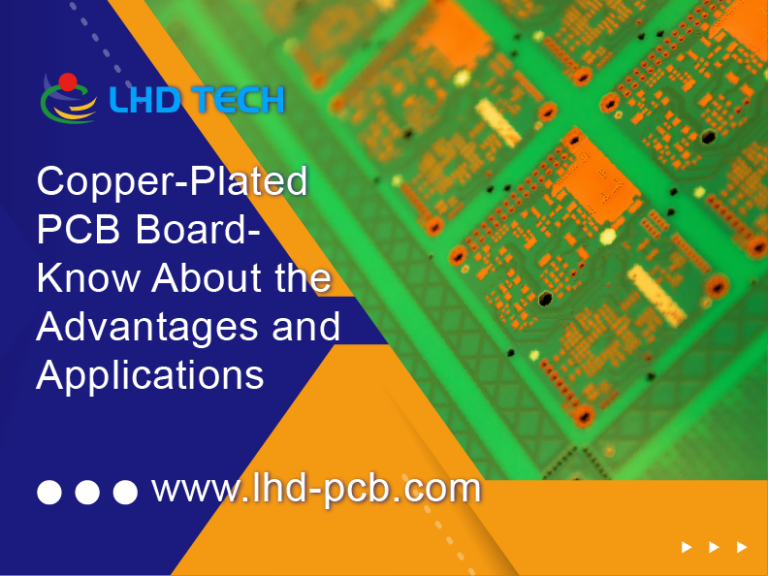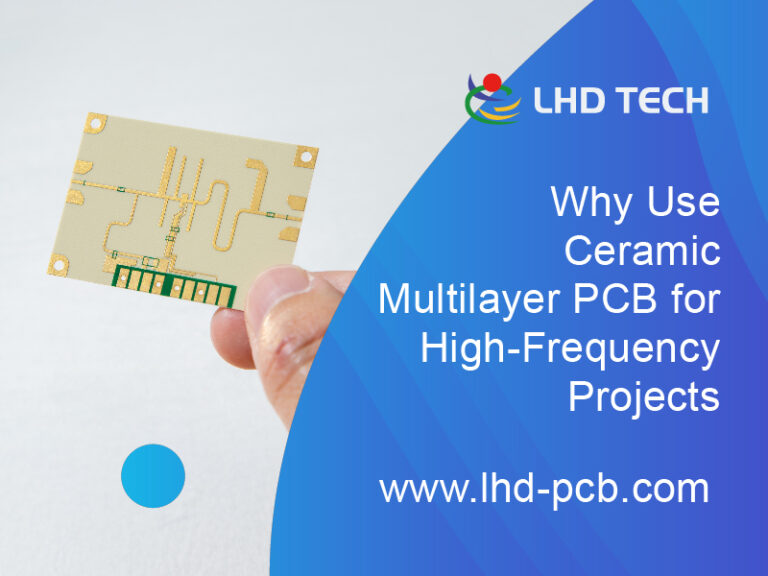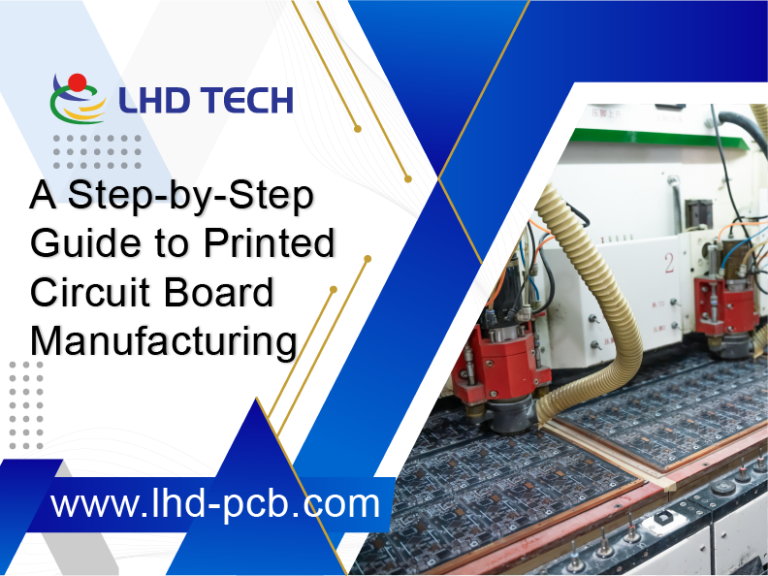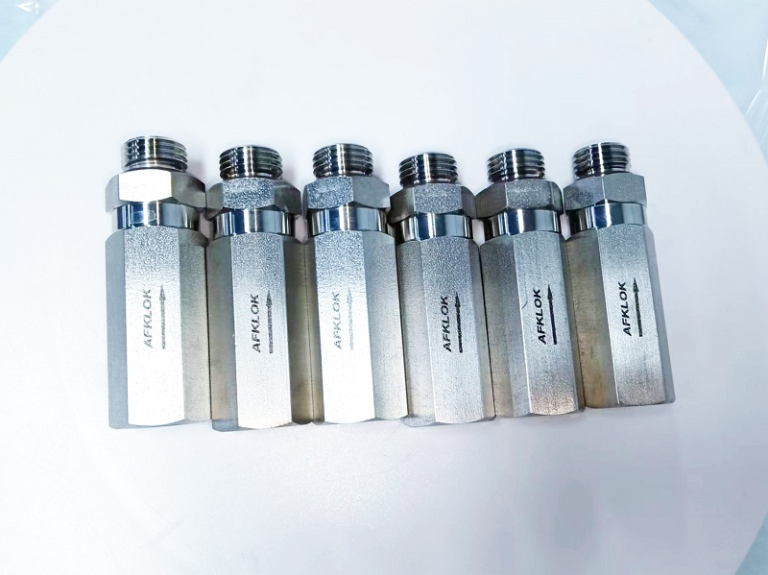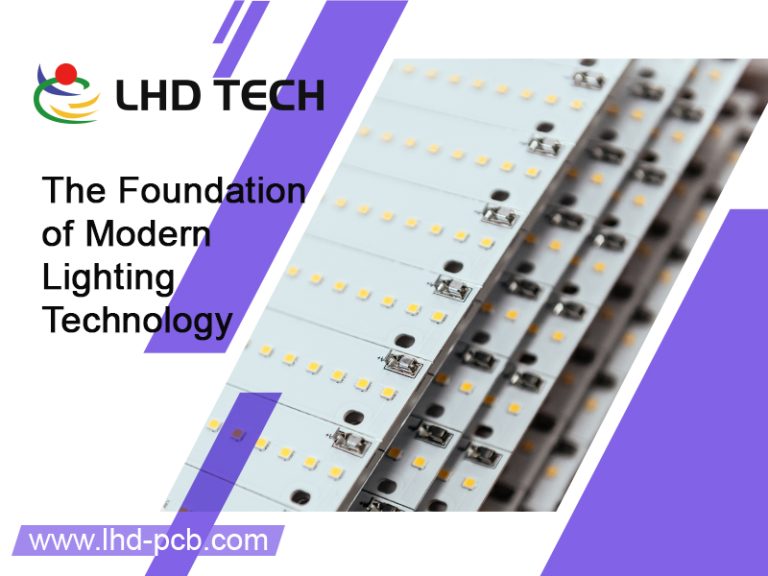目录
Toggle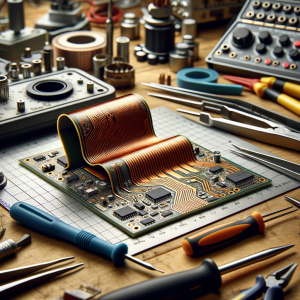
The essence of the rigid-flex PCB is to use FPC as one layer or several circuit layers of the PCB board, and then partially mill the rigidity of the PCB, leaving only the flexible part in some areas. The finished product is a PCB rigid-flex board.
With the development of FPC and PCB and customers’ continuous new requirements, the new product of PCB rigid-flex board has been born. Therefore, the rigid-flex PCB board is a circuit board with FPC characteristics and rigid PCB characteristics, formed by combining flexible PCB and rigid PCB through some processes such as lamination and according to relevant process requirements.
The production flow of the rigid-flex PCB board
Rigid-flex PCB board production flow: Because the PCB rigid-flex board is the combination of flexible PCB board and rigid PCB board, the production of rigid-flex PCB boards factory should have both flexible PCB board and rigid PCB board manufacturing equipment. First, the design engineer lays out the track and pads, also the shapes of the flexible board according to the needs, and then sends it to the factory that can produce the soft-hard combination board. The CAM engineer in the PCB factory processes and plans the working files. FPC and rigid PCB production lines are needed to produce them in different production lines. Once the FPC boards and rigid PCB boards are fabricated, they are seamlessly fused according to the PCB design engineer’s specifications. This is achieved using a laminating machine, followed by a series of intricate steps. The result is a hybrid rigid-flex PCB board, combining the resilience of rigid PCBs with the flexibility of FPCs, tailored to meet precise engineering requirements.
Advantages and disadvantages of the PCB rigid-flex board
Advantages:
The PCB rigid-flex board has both the characteristics of FPC and PCB. So it can be used in many products with very special needs. It has both a certain flexible area and a certain rigid area, which helps save the internal space of the product. Which is of great help in reducing the volume of finished products and improving product performance.
Disadvantages:
The manufacturing process step of rigid-flex PCB boards is very very very complicated, the rigid-flex PCB boards is very difficult, the yield rate is very low, and it needs more materials and labor. So the price is relatively expensive and the production cycle is very long.
Reasons to choose LHD for Rigid-flex PCB
Professional Experience: We have rich experience in the design and manufacture of PCB rigid-flex boards.
Customized Service: Provide customized solutions according to customer’s specific needs.
Advanced Technology: Using the latest technology and high-quality materials to ensure the performance and reliability of our products.
Strict Quality Control: Strict quality control at every stage from design to production to ensure products meet high standards.
LHD PCB will continue to improve the Rigid-flex PCB board technology and application, improve our understanding, and study more techniques when we pursue technological innovation. To provide more and more reliable and efficient support for the development of electronic products.
0
